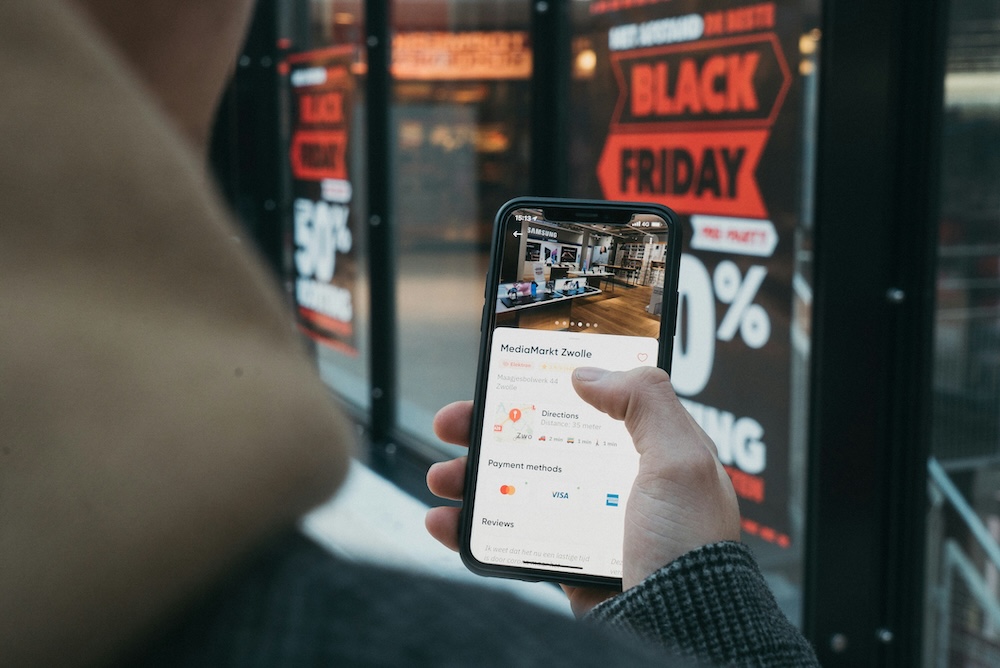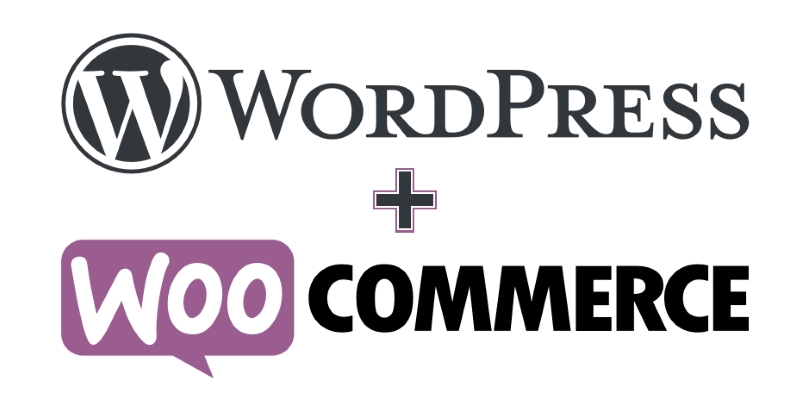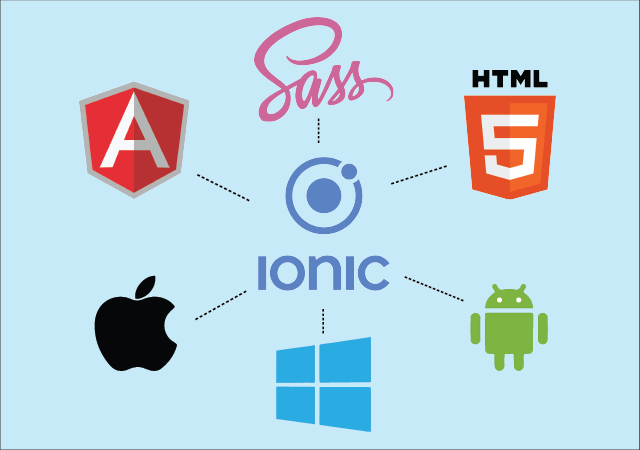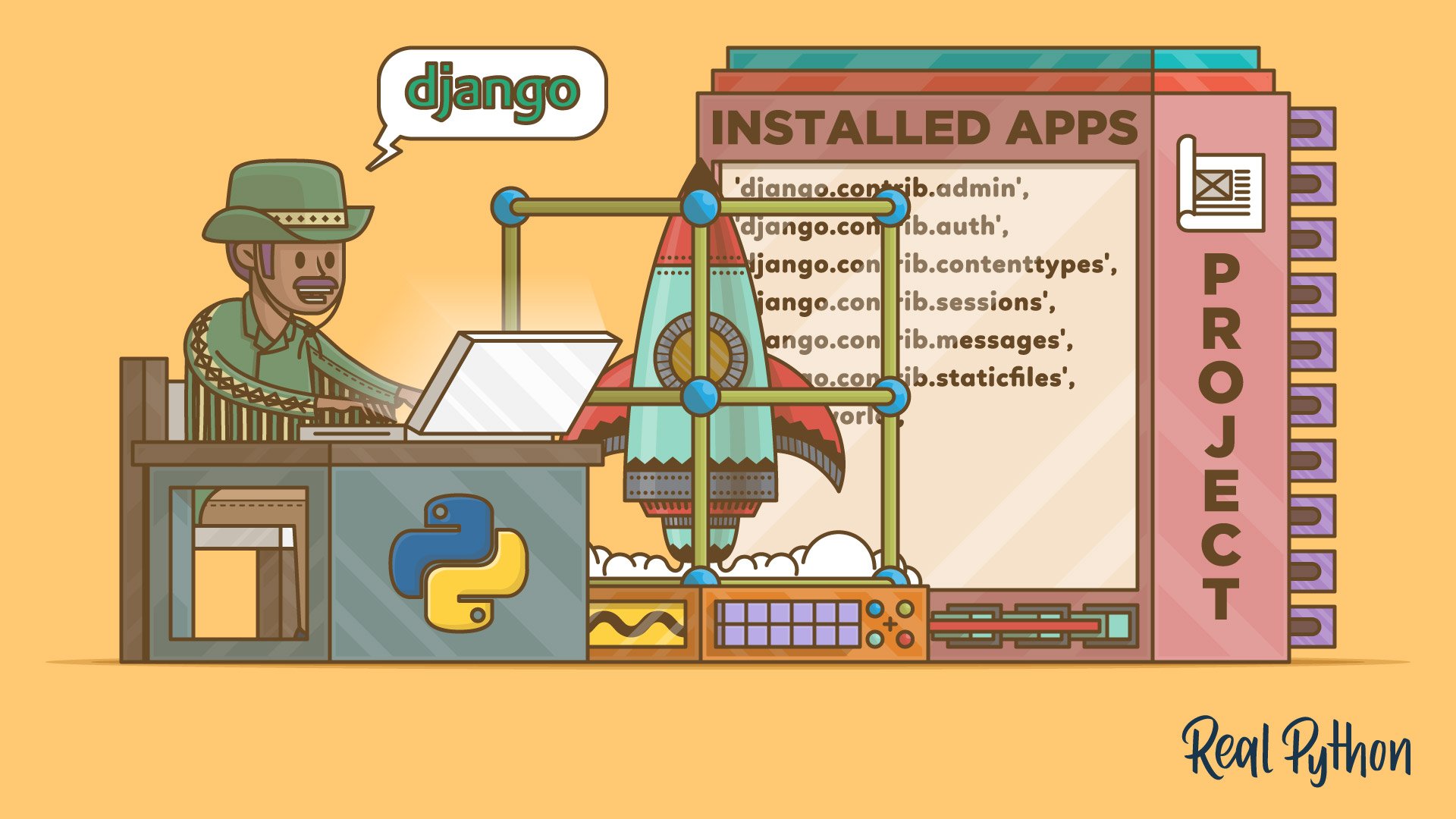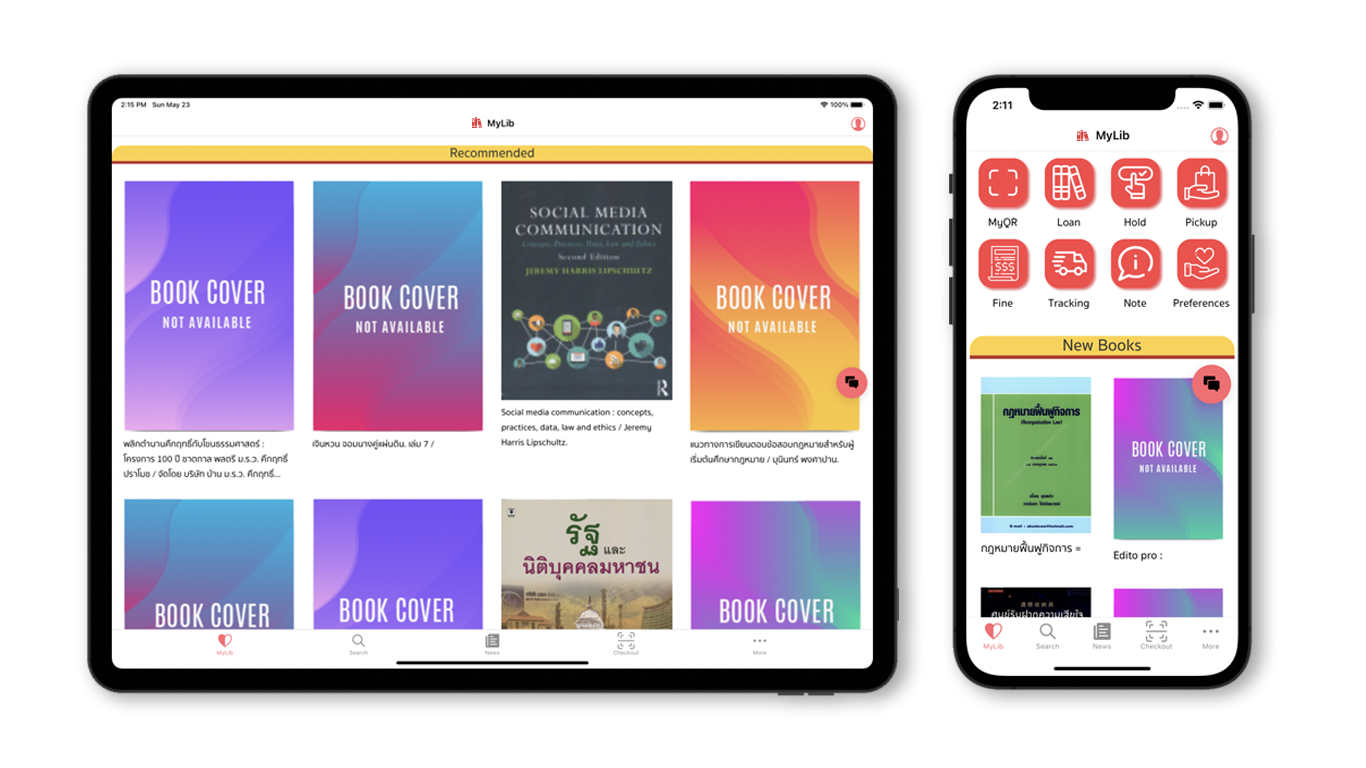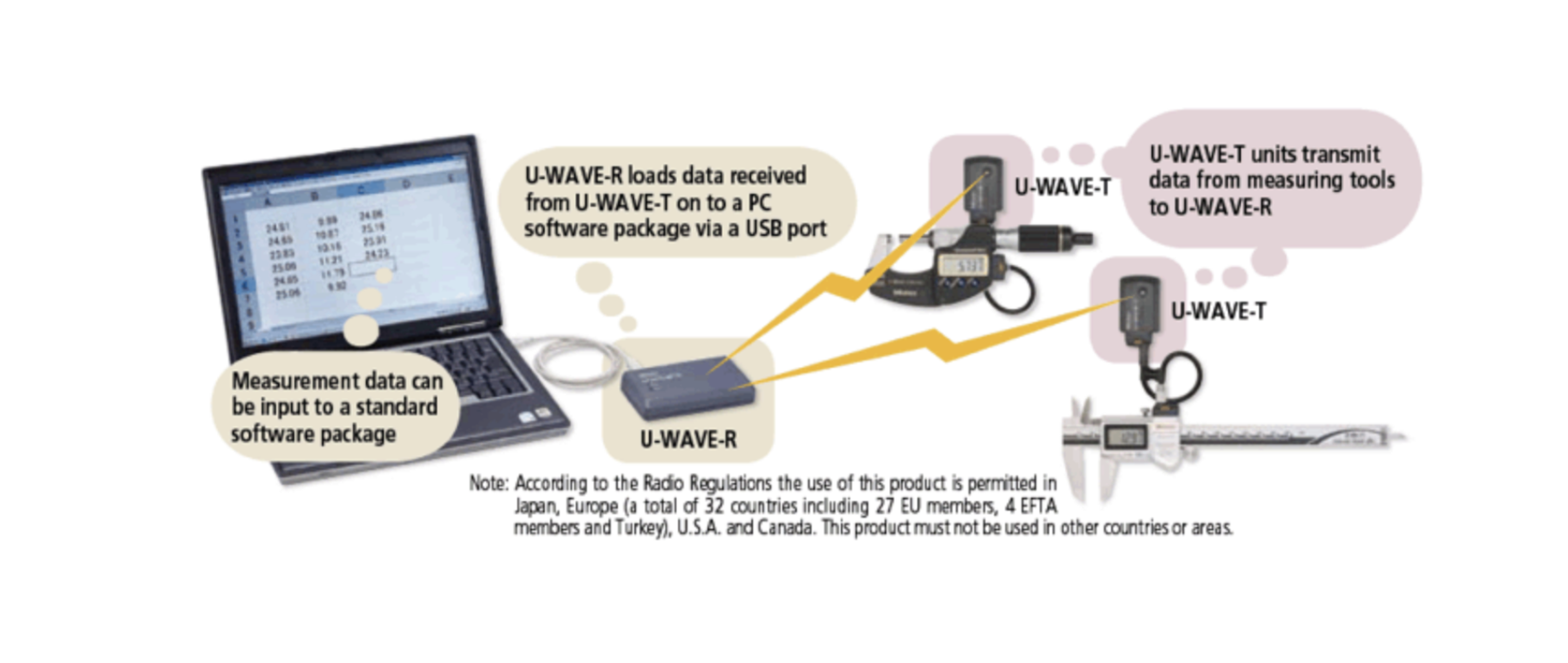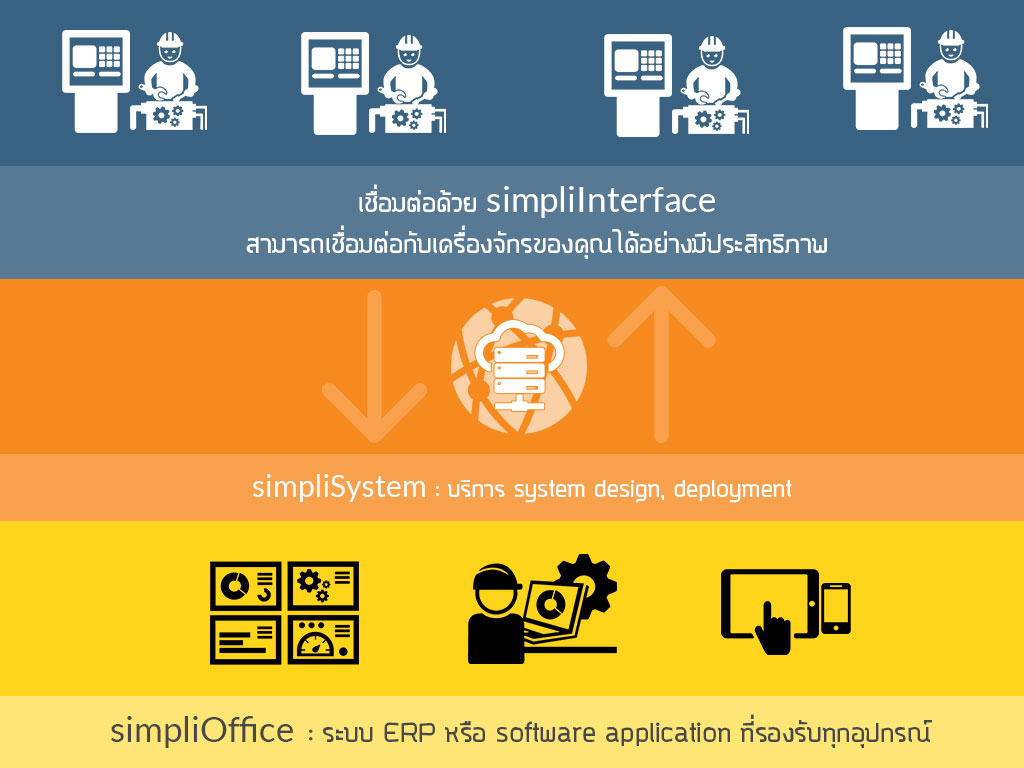How to Build an AI-Powered Ad Optimization System in Python
In the fast-paced world of digital marketing, Artificial Intelligence (AI) is revolutionizing ad optimization. Businesses need data-driven insights to maximize ad performance, reduce wasted ad spend, and achieve higher conversions. AI can predict Click-Through Rates (CTR), dynamically adjust bidding strategies, and optimize budgets across multiple platforms like Google Ads, Facebook Ads, and Amazon DSP.
In this blog post, we'll walk you through how to build an AI-powered ad optimization system using Python. By leveraging machine learning, predictive analytics, and reinforcement learning, we can automate ad decision-making and improve marketing ROI.
Step 1: Install Necessary Libraries
To get started, install the required Python libraries:
!pip install pandas numpy scikit-learn xgboost matplotlib seabornStep 2: Load and Preprocess Ad Data
You need historical ad campaign data with key performance metrics such as impressions, clicks, conversions, and ad spend.
import pandas as pd
# Load ad campaign data (Example CSV file)
df = pd.read_csv("ad_campaign_data.csv")
# Display the first few rows
df.head()Feature Engineering
- Convert categorical data into numerical format
- Calculate Cost Per Conversion and CTR
# Convert categorical variables
df = pd.get_dummies(df, columns=["ad_platform", "ad_type"], drop_first=True)
# Compute key performance metrics
df["cost_per_conversion"] = df["ad_spend"] / (df["conversions"] + 1)
df["CTR"] = df["clicks"] / (df["impressions"] + 1)
# Remove missing values
df = df.dropna()Step 3: Train an AI Model to Predict CTR
We'll use XGBoost, a powerful machine learning algorithm, to predict CTR based on ad performance data.
from sklearn.model_selection import train_test_split
from xgboost import XGBRegressor
from sklearn.metrics import mean_absolute_error
# Define features and target variable
X = df.drop(columns=["CTR", "conversion_rate", "conversions"])
y = df["CTR"]
# Split data into training and testing sets
X_train, X_test, y_train, y_test = train_test_split(X, y, test_size=0.2, random_state=42)
# Train the XGBoost model
model = XGBRegressor(n_estimators=100, learning_rate=0.1, max_depth=5)
model.fit(X_train, y_train)
# Evaluate the model
y_pred = model.predict(X_test)
mae = mean_absolute_error(y_test, y_pred)
print(f"Mean Absolute Error: {mae:.4f}")Step 4: AI-Driven Budget Optimization (Multi-Armed Bandit Algorithm)
We can use Thompson Sampling, a reinforcement learning approach, to dynamically allocate ad budget to the best-performing ads.
import numpy as np
import matplotlib.pyplot as plt
num_ads = 5 # Number of ads
num_rounds = 1000 # Optimization rounds
ads_selected = []
total_reward = 0
ad_rewards = [0] * num_ads
ad_clicks = [0] * num_ads
for n in range(num_rounds):
ad = 0
max_random = 0
for i in range(num_ads):
random_beta = np.random.beta(ad_rewards[i] + 1, ad_clicks[i] - ad_rewards[i] + 1)
if random_beta > max_random:
max_random = random_beta
ad = i
ads_selected.append(ad)
reward = np.random.choice([0, 1], p=[0.7, 0.3])
ad_rewards[ad] += reward
ad_clicks[ad] += 1
total_reward += reward
plt.hist(ads_selected, bins=num_ads, edgecolor="black")
plt.title("Ad Selection Over Time")
plt.xlabel("Ad Index")
plt.ylabel("Number of Times Selected")
plt.show()Step 5: AI-Powered Real-Time Bidding for Ad Platforms
AI can dynamically adjust ad bidding in real time using APIs like Google Ads and Facebook Ads.
import requests
API_URL = "https://api.facebook.com/v14.0/ads" # Example Facebook Ads API endpoint
API_KEY = "YOUR_ACCESS_TOKEN"
# Define AI-based bid strategy
def adjust_bid(predicted_CTR):
base_bid = 1.0 # Base bid in dollars
if predicted_CTR > 0.1:
return base_bid * 1.5
elif predicted_CTR > 0.05:
return base_bid * 1.2
else:
return base_bid * 0.8
# API call to update ad bid
ad_data = {
"ad_id": "123456789",
"bid_amount": adjust_bid(0.08), # Predicted CTR = 8%
}
response = requests.post(API_URL, json=ad_data, headers={"Authorization": f"Bearer {API_KEY}"})
print(response.json())Conclusion
By leveraging machine learning, predictive analytics, and reinforcement learning, we can automate ad targeting, optimize budgets, and improve ad bidding strategies. AI-powered ad optimization enables businesses to:
✅ Maximize conversions
✅ Reduce wasted ad spend
✅ Improve campaign performance with real-time decision-making
🚀 Next Steps: Integrate this AI system with Google Ads API, Facebook Ads API, or Amazon DSP for full automation.
💡 Need help deploying AI in your ad campaigns? Let’s discuss AI solutions for your business!
Get in Touch with us
Related Posts
- Temporal × 本地大模型 × Robot Framework 面向中国企业的可靠业务自动化架构实践
- Building Reliable Office Automation with Temporal, Local LLMs, and Robot Framework
- RPA + AI: 为什么没有“智能”的自动化一定失败, 而没有“治理”的智能同样不可落地
- RPA + AI: Why Automation Fails Without Intelligence — and Intelligence Fails Without Control
- Simulating Border Conflict and Proxy War
- 先解决“检索与访问”问题 重塑高校图书馆战略价值的最快路径
- Fix Discovery & Access First: The Fastest Way to Restore the University Library’s Strategic Value
- 我们正在开发一个连接工厂与再生资源企业的废料交易平台
- We’re Building a Better Way for Factories and Recyclers to Trade Scrap
- 如何使用 Python 开发 MES(制造执行系统) —— 面向中国制造企业的实用指南
- How to Develop a Manufacturing Execution System (MES) with Python
- MES、ERP 与 SCADA 的区别与边界 —— 制造业系统角色与连接关系详解
- MES vs ERP vs SCADA: Roles and Boundaries Explained
- 为什么学习软件开发如此“痛苦” ——以及真正有效的解决方法
- Why Learning Software Development Feels So Painful — and How to Fix It
- 企业最终会选择哪种 AI:GPT 风格,还是 Gemini 风格?
- What Enterprises Will Choose: GPT-Style AI or Gemini-Style AI?
- GPT-5.2 在哪些真实业务场景中明显优于 GPT-5.1
- Top Real-World Use Cases Where GPT-5.2 Shines Over GPT-5.1
- ChatGPT 5.2 与 5.1 的区别 —— 用通俗类比来理解



